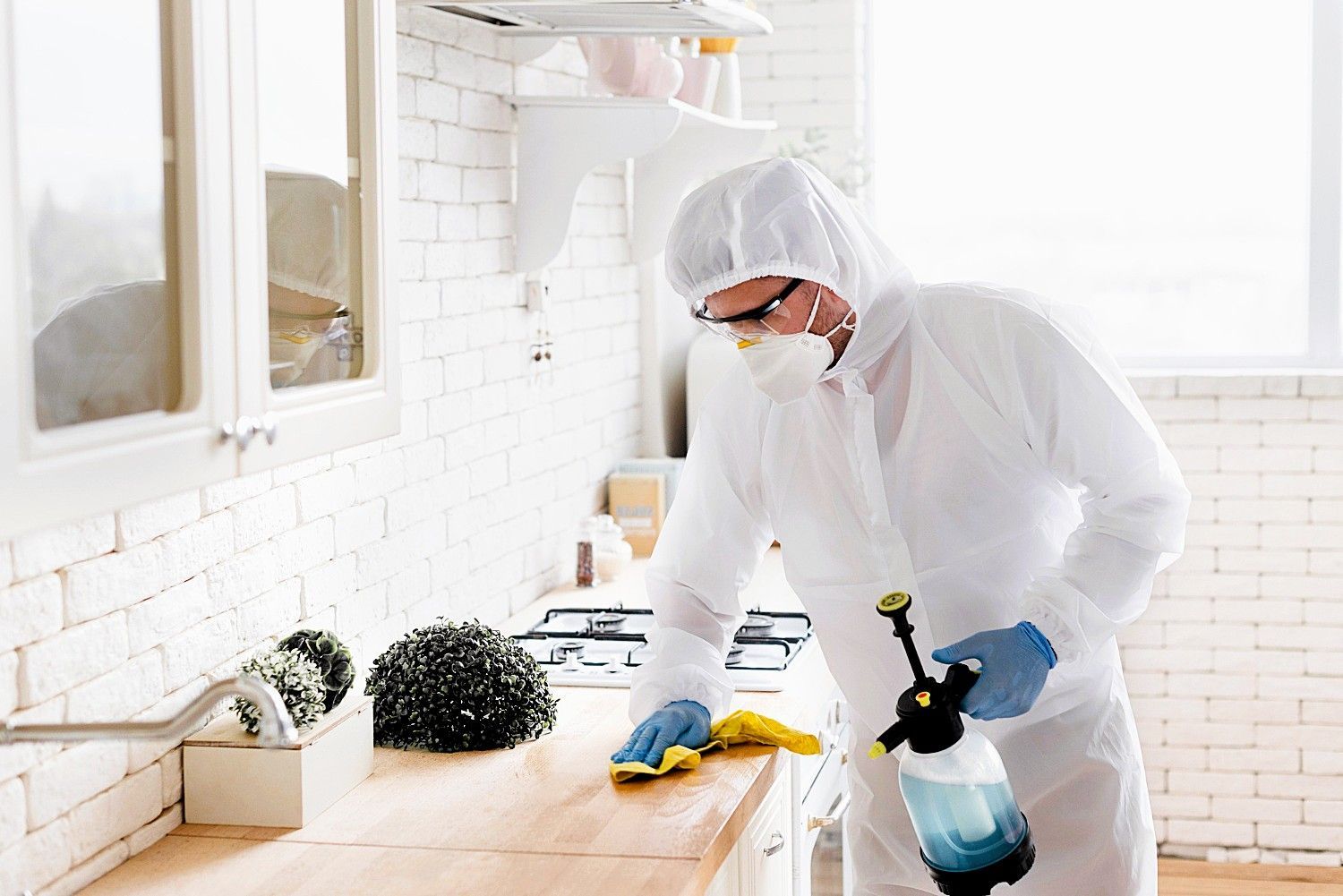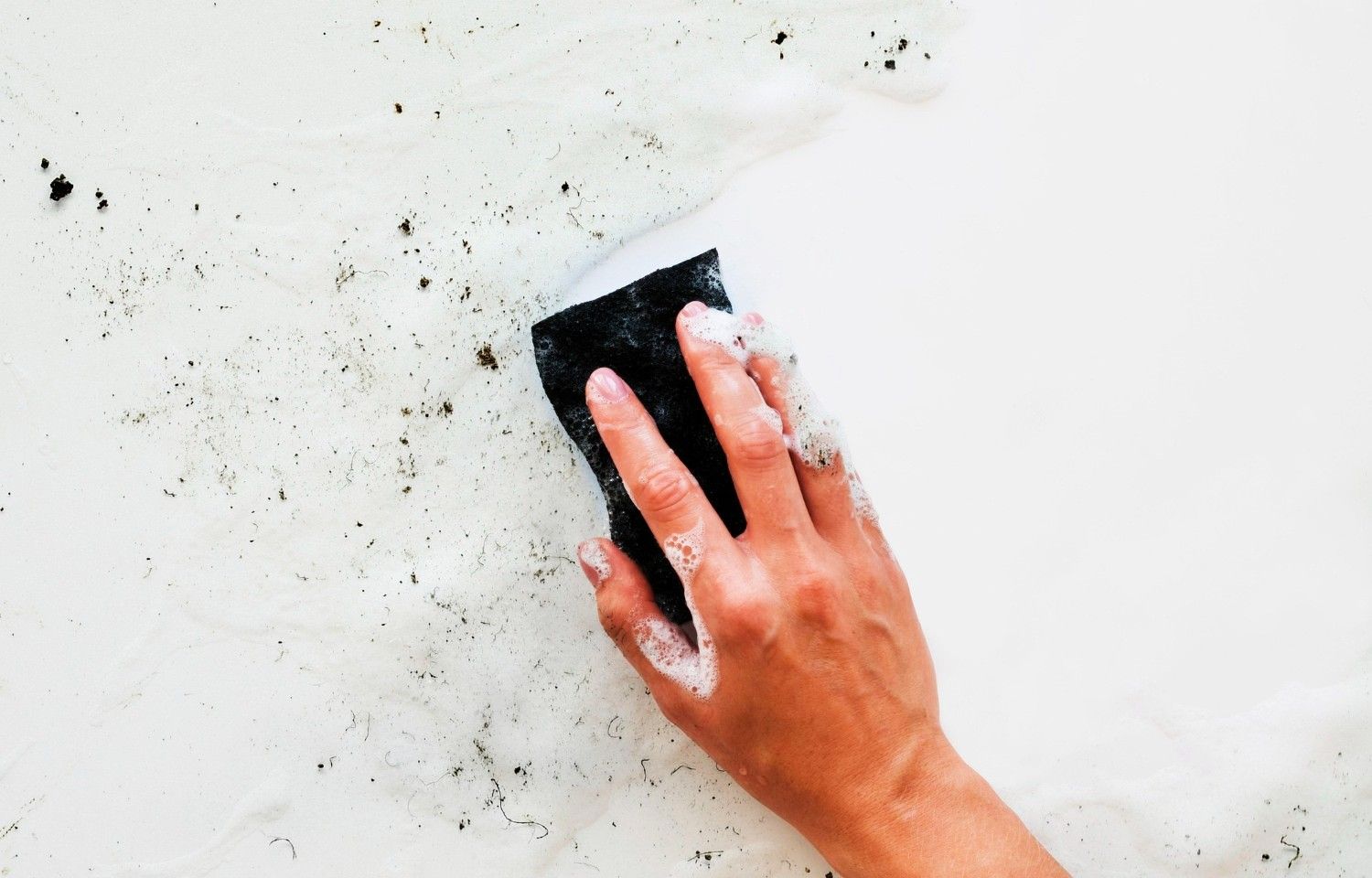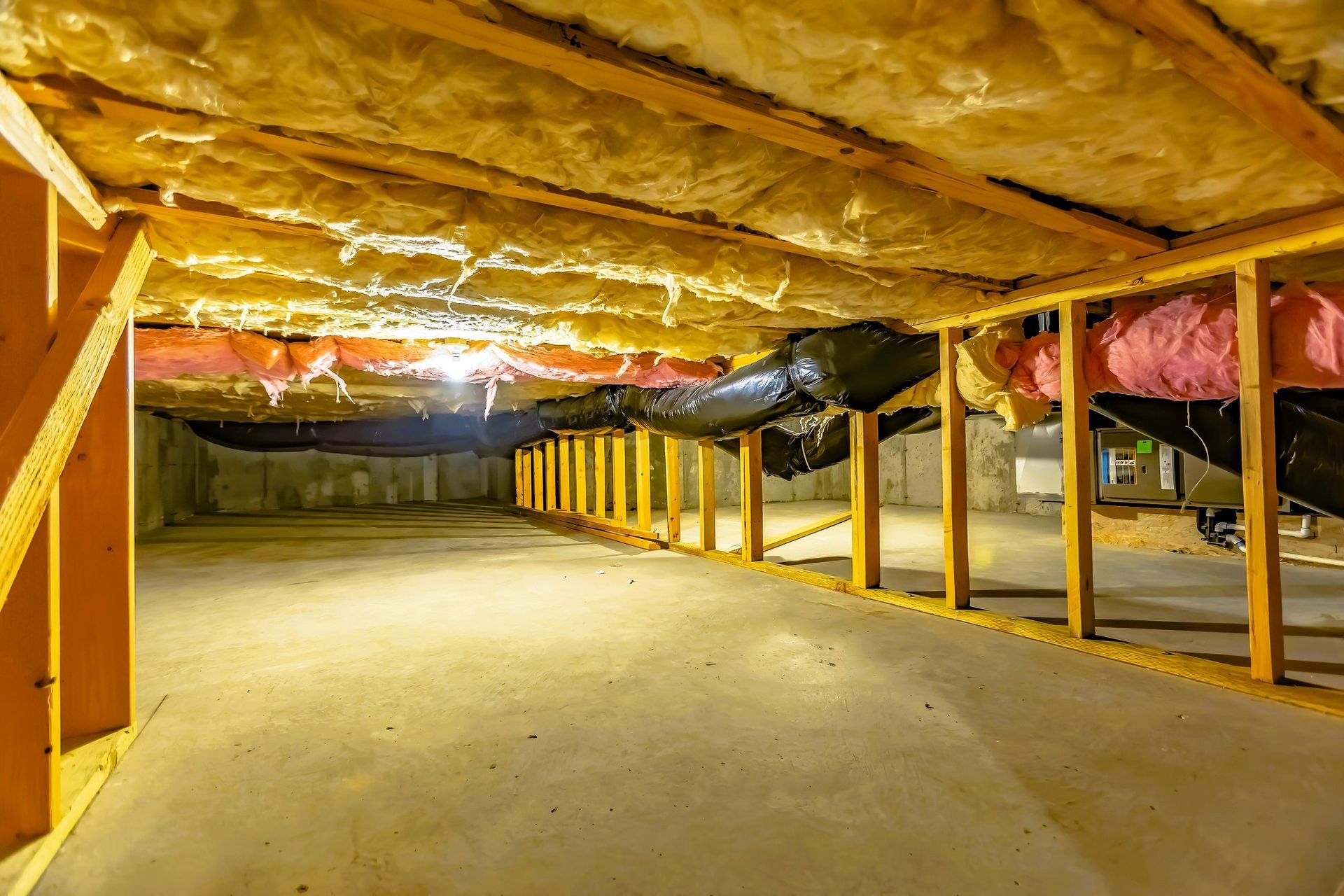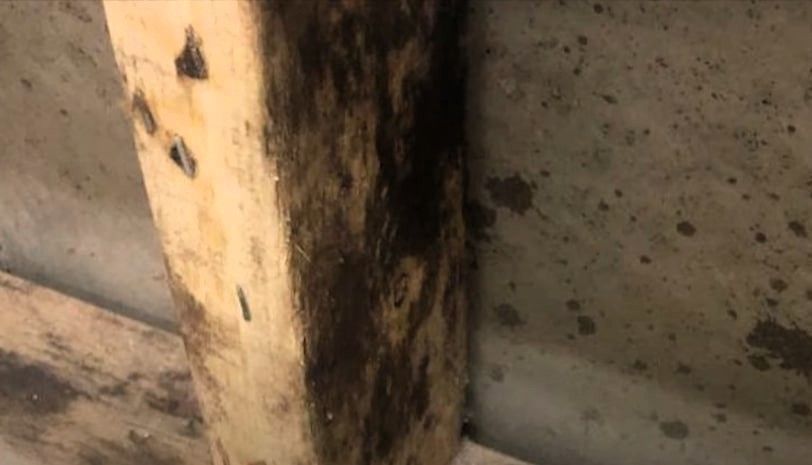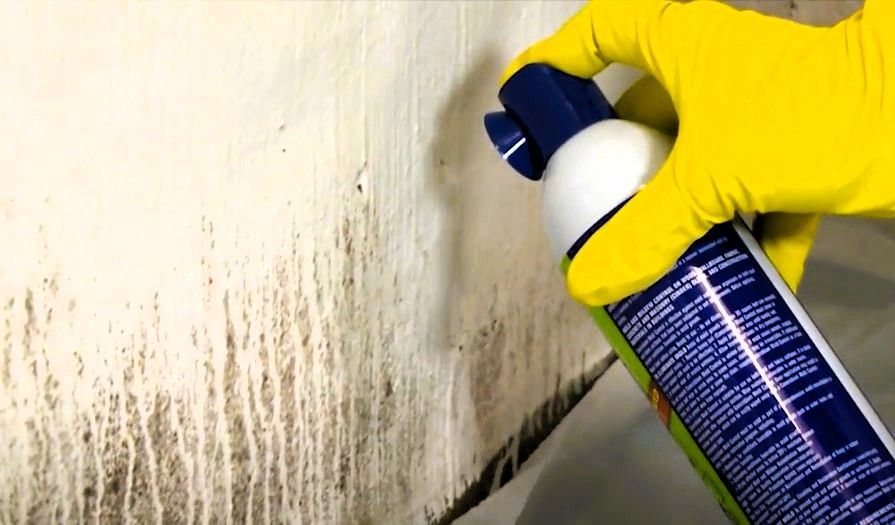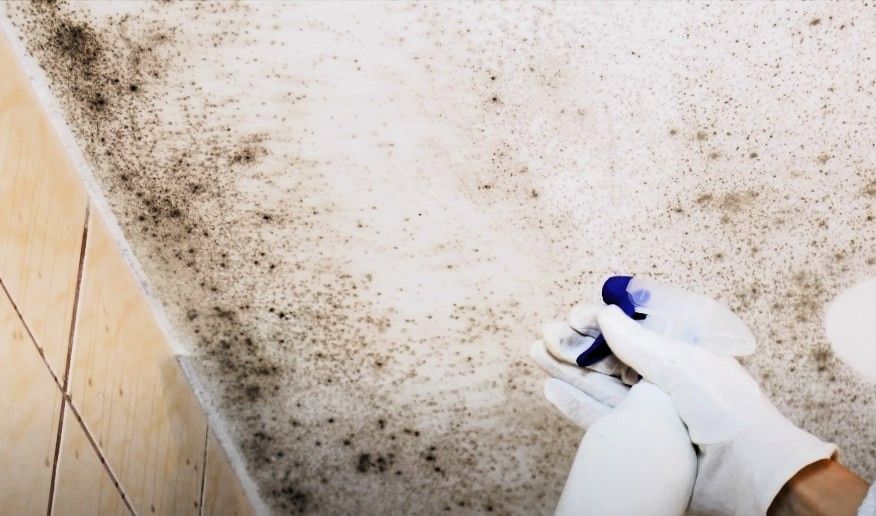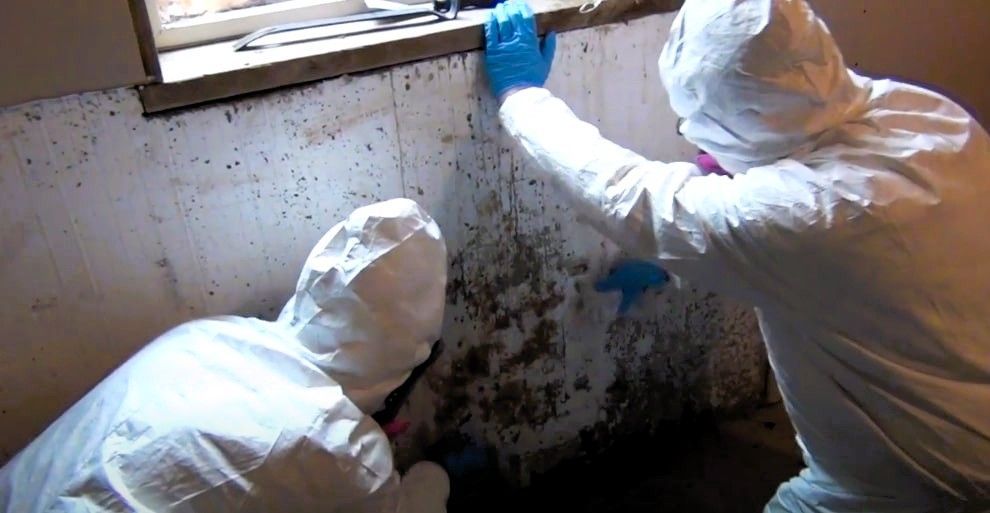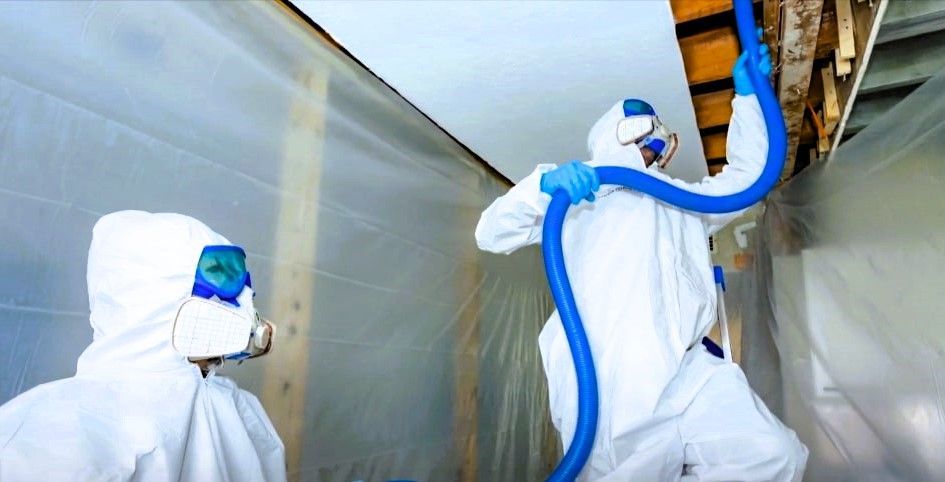7 Signs of Mold Growing in Your Attic: A Homeowner's Guide to Detection and Prevention
Spot the warning signs and protect your home from mold!
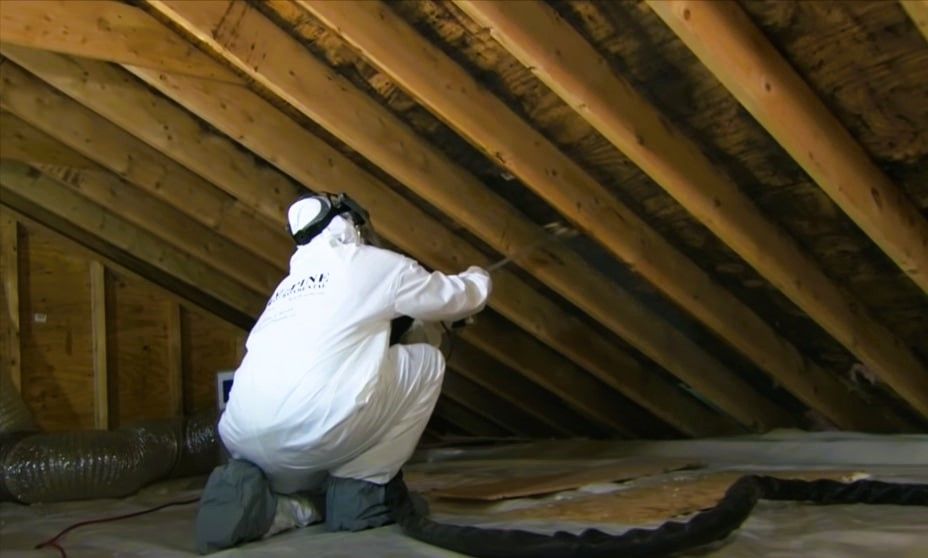
For many homeowners, the attic is often merely a storage space or a barrier against outdoor temperatures—a realm where neglected items accumulate dust. Yet, it's vital to recognize the attic's susceptibility to mold growth. Mold can pose a significant threat to the structural integrity of your home and the health of your family.
This comprehensive guide is designed to equip you with the necessary knowledge to identify the early signs of mold growth in your attic. Prompt recognition of these signs enables swift action, ensuring the protection of both your home's integrity and your family's health.
1. Colored Spots
Mold manifests in a spectrum of hues, extending beyond black to include green, red, blue, and white. The presence of unusual colors on surfaces typically signals a mold issue, serving as the first and most apparent indication. Prompt intervention upon detecting mold is vital to halt its spread and avert more significant problems.
2. Odd Odors
Mold can be sneaky, preferring hidden spots where it quietly thrives, often making its presence known through a musty smell before it's visible. Regularly checking your attic for unusual odors, especially after heavy rain or sudden temperature changes, is a smart move for catching mold early. Ignoring odd smells is a no-go, as they could be your first hint of mold lurking around.
3. Moisture
Where there's mold, there's moisture, especially in attics. You might notice damp insulation or water droplets on the ceiling. Moisture triggers mold growth, often caused by condensation, roof leaks, or poor sealing around vents and chimneys. To prevent mold, address moisture issues by sealing your attic properly and conducting regular roof inspections to prevent leaks.
4. Allergy-Like Symptoms
Sometimes, mold signs are personal. If you or your family start experiencing allergy-like symptoms that worsen at home, mold could be the cause. Symptoms can include sneezing, watery eyes, coughing, or serious respiratory issues for people living with asthma. Noticing your symptoms worsen at home may indicate it's time to check indoor air quality, starting with the attic. Remember, not all mold is visible, so professional testing might be needed to confirm suspicions.
5. Hot and Stuffy Attic
Ventilation is key to preventing mold. A hot, stuffy attic in warm months means air isn't moving correctly. Poor airflow lets moisture build-up, creating ideal conditions for mold growth. Consider adding more vents or a mechanical attic fan to improve air circulation. Regular checks to make sure vents aren't blocked are also a smart preventive step.
6. Shapes and Patterns
Different molds can take unique shapes, like circular or filamentous patterns, signaling specific types. Watch out for "black mold" or Stachybotrys chartarum, which suggests a serious issue. If you spot these molds, don't panic, but quickly get the area tested and treated by a professional. Handling mold yourself can be risky to your health if not done correctly.
7. High Bills
Your utility bills can reveal a lot about your attic. A significant spike in energy costs may indicate mold. Attic leaks can force your heating and cooling systems to work harder to keep your home comfortable. Regularly checking your utility bills and comparing them annually can help spot trends. A sudden, unexplained increase might mean an attic problem, like mold or water damage, is to blame.
Causes of Attic Mold
Mold doesn't appear out of thin air. Specific conditions lead to its growth. Understanding these causes—such as poor ventilation, inadequate insulation, or roof damage—will help you prevent mold problems in your attic.
The key is to maintain your home's integrity through regular maintenance and updates. Take time to inspect your attic and address any issues that could be contributing to mold growth.
Taking Action
Facing a mold issue might seem overwhelming, but it's important to remember that you're not facing it alone. The existence of professional mold remediation services is a testament to the complexity of effectively handling mold - a task that demands specific expertise, protective gear, and, often, specialized treatments. Should you observe any outlined signs or suspect a mold issue, reaching out to a professional service promptly is crucial.
Prompt intervention not only has the potential to save you money by preventing mold from spreading but, more critically, safeguards the health and well-being of your family. This is not a situation to take lightly or to attempt cutting corners, underestimating the problem's severity.
Conclusion
Keeping your home safe and healthy is super important, and guess what? Mold is this sneaky little thing that can mess with both. It's really important to catch those signs of mold in your attic because you want to keep your living space safe, right?
It's never too late to start checking those attics more often. Make it a part of your regular home check-up. And hey, spotting mold is just step one. You gotta act fast and
call in the pros to get it sorted. Don't wait around—it's your family's health on the line here.
